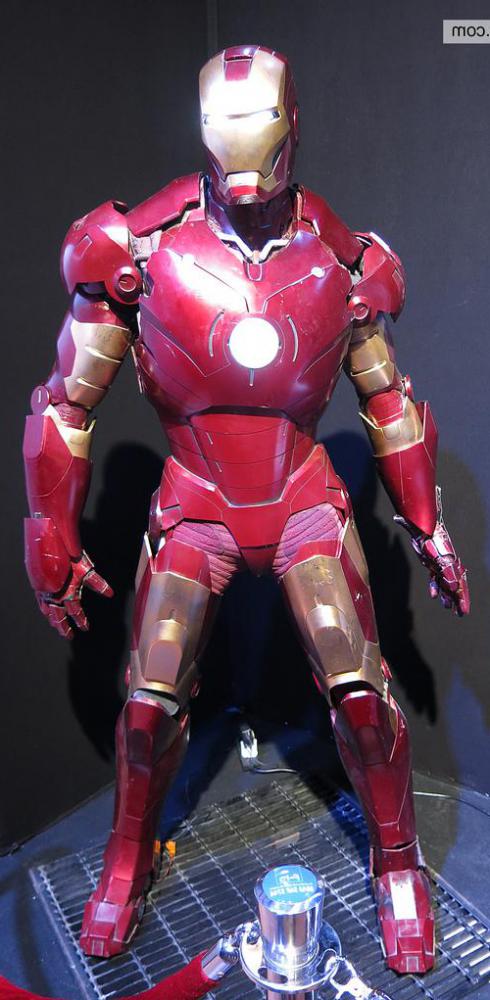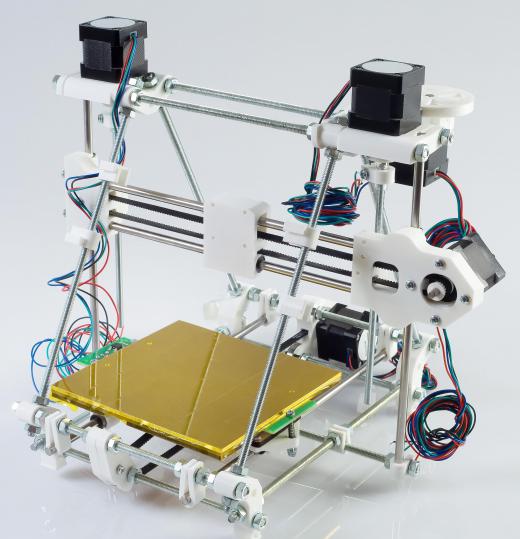3D printing, otherwise known as rapid prototyping, is a manufacturing method whereby 3D objects are quickly made on a reasonably-sized machine connected to a computer containing blueprints for the object. The basic principles are like that of a 2D printer: materials cartridges, flexibility of output, and translation of code into a visible pattern. Enthusiasts hope that home "fabbers" will usher in a custom manufacturing revolution, and eliminate (or greatly reduce) the need for centralized manufacturing. Instead of going to a store to pick up a set of dishes, a person could buy the plans online and print them out from simple materials.
The technology that allows 3D printers to work appeared in the mid-1990s. After their arrival, futurists immediately predicted that people would soon see them in every home. The expense of the parts, which includes numerous flexible manufacturing tools, has kept the cost too high for most people to afford, however. Current models are pricy machines for use by professional product designers or engineers, who use them to make models to use in presentations to clients, for example. Present-day devices work using various feedstocks, such as sawdust and glue, which can be pressed into 3D structures as long as the design allows layers to be applied incrementally.

The newest 3D printing devices use a laser and metallic dust to make 3D objects out of metal, making the technology more appealing. These machines have already been used by Israel and the United States to manufacture UAVs, or unmanned aerial vehicles. The United States military is researching a battlefield-ready printer that could be used to manufacture communications devices as they are necessary.

Early projections suggested that these machines would probably use a combination of lasers and special polymers to manufacture products. There are certain polymers that solidify only under a certain mixture of light, and this property can be exploited by using a duo of lasers that, independently, fail to fulfill these optical conditions, but do fulfill them when used together. When the two lasers cross in the solution, it solidifies. By building a structure from the ground up, a stable product can be created when the liquid polymer is drained away. This method turned out to be rather expensive, however, and less technically demanding techniques are in use today.

One day, there may be 3D printers that use nanotechnology to create products by depositing them atom by atom. Preliminary work with atomic tooltips suggests that this is scientifically feasible. Simple machinery has been created at the atomic scale, such as small wheels, transistors, and "walking DNA." These could be the precursors to more advanced custom manufacturing systems.
